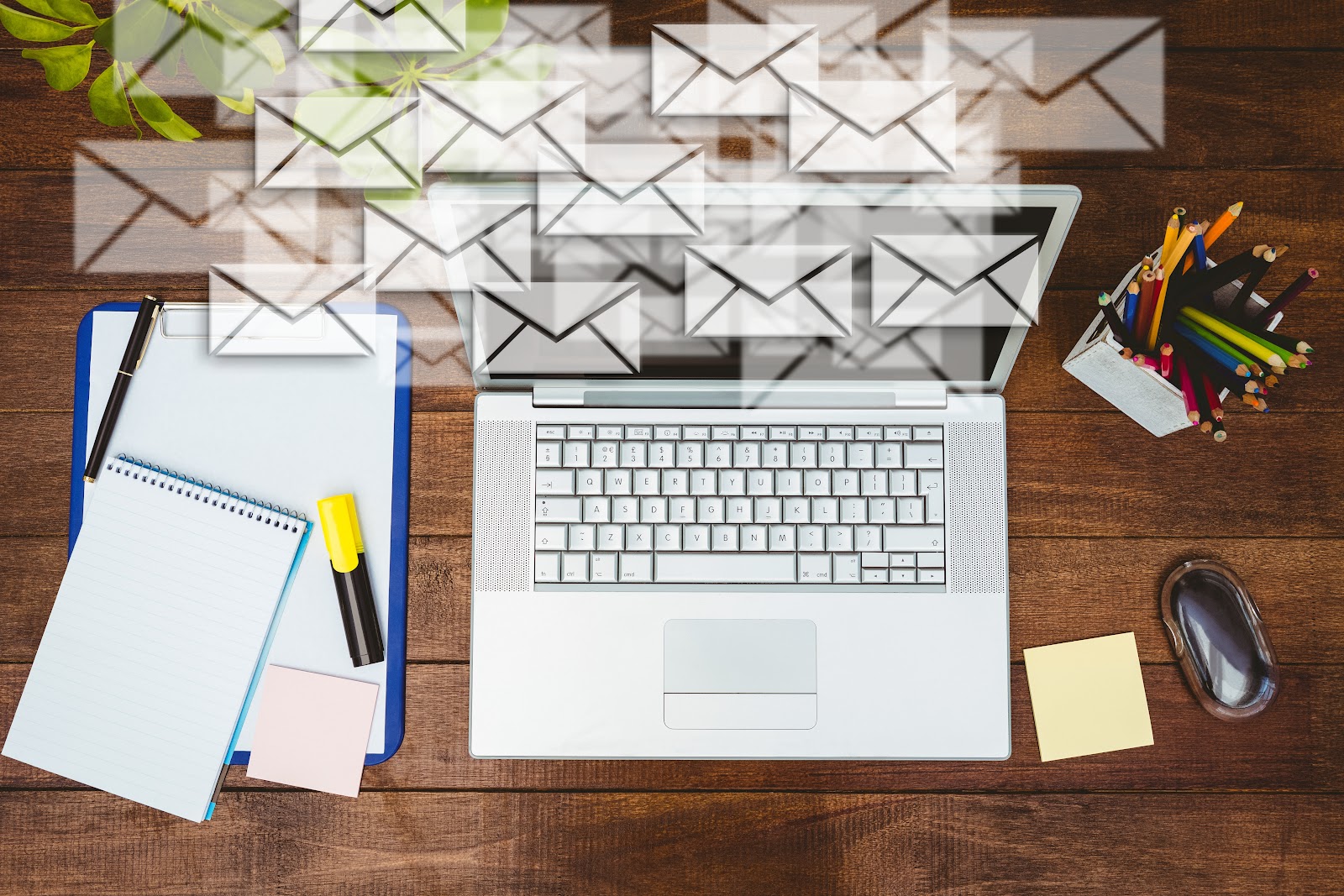How To Choose The Best Email Marketing Tool?

Level Up Your Email Game: Top 10 Email Marketing Tools for 2023 Decoding the Perfect Email Marketing Tool In the vast expanse of email marketing tools, finding the one that resonates with your business like a harmonious spell can feel like an epic quest. Embark with us on a journey of discovery as we unlock the secrets to evaluating the best email marketing tools. Ease of Use and User Interface Is the tool user-friendly and easy to navigate? Does it offer a clear and intuitive interface for designing emails, managing lists, and setting up campaigns? Features and Functionality What features are available in the free plan? (Automation, segmentation, templates, analytics, etc.) Do these features meet your current and foreseeable needs? ...

